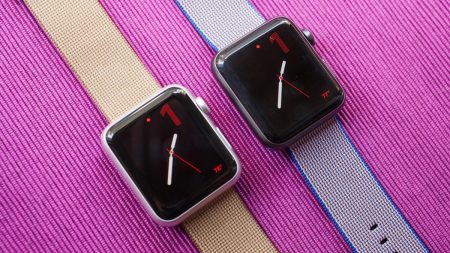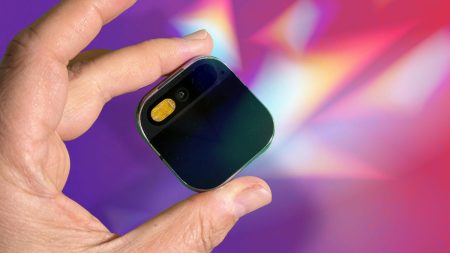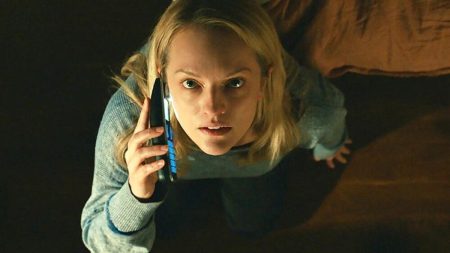The evaluation of robot and cordless vacuums involves a rigorous and methodical testing process designed to assess their cleaning effectiveness across various floor types and debris sizes. For robot vacuums, the testing revolves around two key aspects: floor coverage and debris pickup. A dedicated testing room, built to International Electrotechnical Commission (IEC) standards, simulates real-world environments with obstacles like furniture legs and wall edges, allowing assessment of navigation capabilities. LED lights attached to the vacuums track their movement across different flooring materials, including hardwood and carpet, providing a visual map of cleaning coverage. This allows for analysis of missed areas and potential navigation issues.
The second phase of robot vacuum testing focuses on quantifying debris removal. A controlled mixture of play sand and landscaping sand simulates fine particles, while uncooked black rice represents larger debris. The vacuums operate in a straight-line mode across low-pile carpet, medium-pile carpet, and hardwood floors. A precisely calibrated tool ensures a consistent layer of debris proportional to the vacuum’s nozzle width and the flooring type, adhering to IEC guidelines. Multiple cleaning runs are conducted for each floor type and debris size, with the dustbin weighed before and after each run to determine the percentage of debris picked up. This data provides a quantifiable measure of cleaning performance. Furthermore, anecdotal visual tests are conducted to assess pet hair removal ability.
Cordless vacuum testing, while less complex than robot vacuum evaluation, adheres to a similarly structured approach. The vacuums are tested on the same flooring types – hardwood, low-pile carpet, and medium-pile carpet – with a standardized test area length. As with robot vacuums, nozzle width plays a crucial role in determining the soil density for each test, following IEC guidelines. The same debris types – sand and rice – are used, allowing for direct comparison between vacuum types. The testing procedure involves at least three runs on each floor type with each debris type, resulting in a minimum of 18 tests per vacuum. This comprehensive approach provides a robust evaluation of cleaning performance across different flooring and debris scenarios.
The debris pickup for both robot and cordless vacuums is meticulously measured by weighing the dustbin before and after each cleaning run. This allows for the calculation of the percentage of debris picked up in each run and the average amount of soil removed overall. The data-driven approach ensures objective assessment of cleaning efficacy. The focus on multiple runs and different floor types ensures a comprehensive understanding of a vacuum’s performance under varied conditions.
In addition to quantifiable debris pickup measurements, anecdotal visual tests are performed to evaluate pet hair removal on all three floor types for both vacuum types. This complements the quantitative data and provides a more holistic understanding of real-world cleaning performance, particularly for pet owners. This qualitative aspect of the testing recognizes the importance of addressing specific cleaning needs, such as pet hair removal, which may not be fully captured by standardized debris tests.
Overall, the testing methodology for both robot and cordless vacuums is designed to be thorough and scientifically sound, employing standardized procedures and controlled environments to minimize variability and ensure consistent results. The combination of quantitative debris pickup measurements and qualitative pet hair removal assessments provides a comprehensive evaluation of cleaning performance, enabling informed consumer decisions. The adherence to IEC guidelines further strengthens the reliability and objectivity of the testing process, contributing to a standardized framework for vacuum evaluation.










